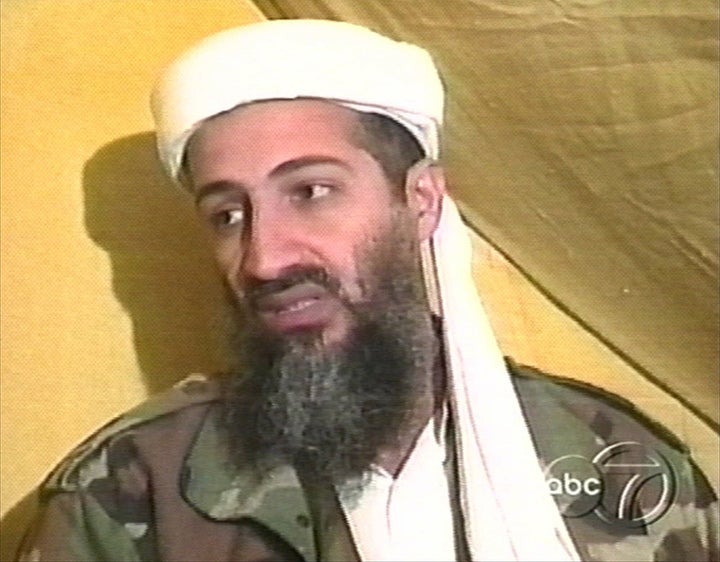
It is possible to pinpoint several key junctures where technology played an important part in the takedown of Osama bin Laden, though significant gaps still exist.
According to officials, the search took off when a detainee gave up the name of bin Laden's main courier, who made a single phone call that let the government locate him. Even as electronic gadgets and mobile Internet connections on the field helped Navy SEALS to track down bin Laden in Abbottabad, it was the lack of technology that provided the first clue.
There was something suspicious about the million dollar mansion in which the U.S. military eventually found Osama bin Laden: The complex had no Internet access or telephone service.
Though the building was cut off from the web, the U.S. government was still able to use technologies to gather data about what could be happening within, and who might be there.
Mitch Derman, a spokesperson for i2, which provides intelligence analysis and investigation management software to the special forces, defense and national security communities, made it clear that the world in 2011 is not only inundated with new and numerous sources of information, but also with increasingly sophisticated ways to analyze them.
"The key is that this has been an intelligence success," said Derman. "Being able to analyze that data and make the connections enables you to make quick decisions."
While Derman could only speculate as to the kind of technology used to consider the information involved, software that i2 has developed can take data from multiple sources and create visualizations to present non-obvious connections and display patterns of behavior that might not otherwise have been clear. One kind of software, called social network analysis, determines the key players in a network and examines the effect that each has within that system -- a similar technique was used in the capture of Saddam Hussein.
The White House said that the military used satellite imagery of the complex, like those found in Google Earth, to help establish a high level of certainty that bin Laden was indeed inside the compound, and to help prepare for any attack. Using this information, they were able to take "highly advanced and still-classified technology to transform bits of information into actionable intelligence," according to the National Journal. They were also able to re-create the complex so that the raid team could practice.
After the al Qaeda leader was killed, the team still had to identify the corpse to confirm that the body was indeed bin Laden. While he was visually identified by a woman at the compound, as well as by members of the raid squad, the team also used facial recognition software.
The military is equipped with highly advanced handheld biometric units, called Secure Electronic Enrollment Kit, or SEEK II, which "according to a senior Defense Department official," Wired reports, were likely used on site to identify bin Laden. The devices, which weigh less than four pounds, can take iris scans, fingerprints and facial scans and send them back wirelessly to the military database to test against existing FBI records.
Once off-site, DNA was also used to ensure that the identity of the corpse was certain, reportedly from the brain matter of bin Laden's sister, who died in a Boston hospital. Fast Company notes that while matching sibling DNA can take up to 14 days, it's possible to receive results in under two hours:
Late in 2010, a University of Arizona team presented research on a machine that can do the analysis in just two hours in a largely automated way. It's possible that knowing they were engaged on a mission to capture Bin Laden, U.S. Forces arranged for access to a machine like this to be on quick alert--probably for flying blood, cheek cells, and other samples taken from the body to the lab for expedited analysis.
Officials said such testing offers a level of accuracy near 100 percent.
News of Osama's death hit Twitter an hour before Obama's news conference officially disclosing the event. Sohaib Athar, a Pakistani local, even managed to unwittingly livetweet the action. The news was enough to set Twitter records: The site hit the "highest sustained rate of tweets ever" on Sunday night, with an average of 3,440 tweets per second sent between 10:45 p.m. EST and 12:30 a.m. EST.